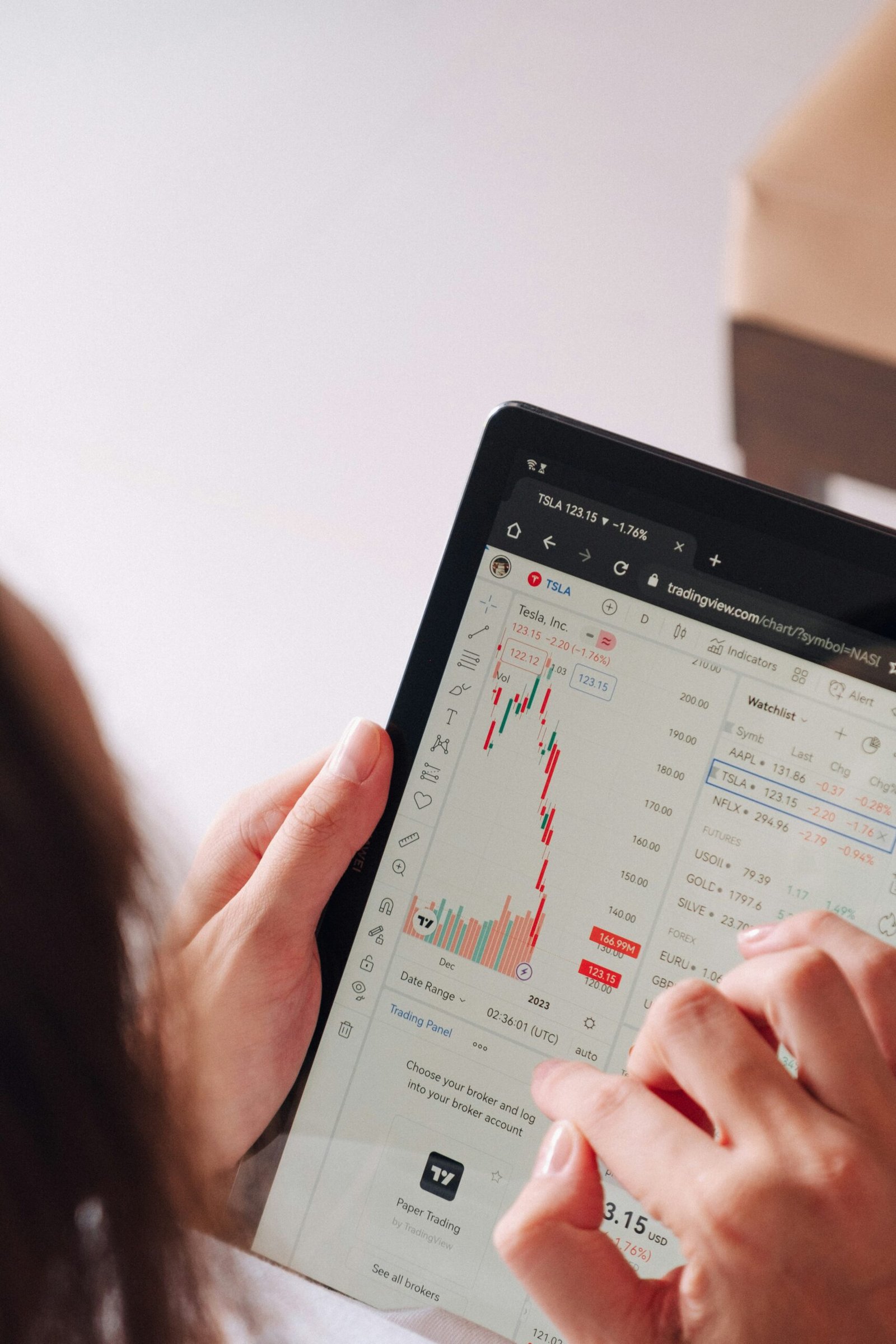
What is Forex?
Forex, short for foreign exchange, refers to the global marketplace where currencies are traded. This market is crucial for the functioning of the world economy, facilitating international trade and investment. Through Forex trading, individuals and institutions can buy, sell, and exchange currency at current or determined prices. The Forex market operates 24 hours a day, five days a week, allowing for continuous trading across different time zones. This unique aspect of Forex ensures that currency transactions can take place at any time, reflecting the dynamic nature of global economics.
In the Forex market, currencies are traded in pairs, with one currency being exchanged for another. For example, the Euro to US Dollar (EUR/USD) is a common trading pair. The value of each pair is influenced by various factors, including economic indicators, interest rates, and geopolitical events. Traders in the market aim to speculate on price movements in order to generate profits, using strategies based on market analysis and trends.
Several key participants engage in the Forex market, including central banks, commercial banks, hedge funds, multinational corporations, and individual retail traders. Central banks often intervene in the Forex market to stabilize or influence their national currencies, while commercial banks provide essential market liquidity. Financial institutions and investment firms use Forex to hedge risks or to diversify their portfolios. Retail traders can participate through online platforms and brokers, enabling access to this vast market.
The Forex market plays a significant role in the global economy, affecting the flow of currency and impacting exchange rates. Understanding the fundamental aspects of Forex trading is essential for anyone looking to navigate the complexities of currency exchange and its ramifications on global financial systems.
How Forex Trading Works
Forex trading involves the buying and selling of currencies, transacted through a decentralized global market. In essence, when engaging in Forex trading, participants trade currency pairs, which represent the value of one currency in relation to another. Each pair consists of a base currency and a quote currency. For example, in the EUR/USD pair, the Euro is the base currency, while the US Dollar is the quote currency. This indicates how much of the quote currency is needed to purchase one unit of the base currency.
To effectively participate in Forex trading, it is crucial to understand how to read currency quotes. A quote will typically display two prices: the bid and the ask. The bid price represents the amount that the market is willing to pay for the base currency, while the ask price indicates how much sellers are asking for it. The difference between the bid and ask prices is known as the spread, which reflects the cost of executing a trade. Additionally, Forex traders often use a unit of measurement called a pip, which is the smallest price movement in a currency pair. For most pairs, one pip represents a change in the fourth decimal place, although for pairs involving the Japanese Yen, it is noted in the second decimal place.
Moreover, understanding the various types of orders is essential for executing trades efficiently. A market order allows traders to buy or sell currencies at the current market price, whereas a limit order enables them to set a specific price at which they wish to execute a trade. This functionality allows traders to manage their entries and exits effectively, enhancing their chances of success in the Forex market. By familiarizing oneself with these fundamental concepts, traders can navigate the complexities of Forex trading with greater confidence and precision.
Key Concepts in Forex Trading
Forex trading, or foreign exchange trading, involves the buying and selling of currency pairs, with the aim of earning a profit. To navigate this complex market, traders must familiarize themselves with several key concepts that significantly impact their trading strategies and outcomes.
One of the essential concepts is leverage, which allows traders to control larger positions than their initial investment would typically permit. For instance, a leverage ratio of 100:1 means that for every $1 in a trader’s account, they can control $100 in currency. While leverage can amplify profits, it also increases potential losses, making risk management crucial. Margin, related to leverage, is the amount of capital required to open and maintain a leveraged position. Understanding how margin works can help traders avoid margin calls and potential liquidation of their positions.
Another critical aspect of Forex trading is the spread, which refers to the difference between the bid price and the ask price of a currency pair. The spread represents the broker’s profit margin and is influenced by factors such as liquidity and market volatility. Tight spreads are commonly found in highly liquid markets, while wider spreads may occur during times of low liquidity or significant market events. Traders should be mindful of spreads as they can impact the overall cost-effectiveness of a trade.
Volatility is also a vital concept, often dictated by economic indicators, geopolitical events, and market sentiment. High volatility environments can offer lucrative trading opportunities but also come with increased risk. Understanding market hours is equally important; the Forex market operates 24 hours a day, five days a week, with different trading sessions overlapping. Traders should be aware of these sessions to capitalize on liquidity and volatility spikes.
Ultimately, comprehending these fundamental concepts—leverage, margin, spreads, volatility, and market hours—can empower Forex traders to establish effective trading strategies and make informed decisions, ultimately aiding in their pursuit of profitability.
Getting Started with Forex Trading
Entering the Forex market can be an exciting yet daunting venture for beginners. The first step in starting your Forex trading journey is choosing the right Forex broker. It is crucial to conduct thorough research and select a broker that is regulated, offers competitive spreads, and has a user-friendly platform. The broker’s reputation within the trading community can also provide valuable insights into their reliability and customer service quality.
Once you have selected a broker, it is advisable to open a demo account. A demo account allows you to practice trading with virtual funds, providing a safe environment to develop your skills and test strategies without the pressure of losing real money. Utilizing a demo account is essential for familiarizing yourself with the trading platform’s features and understanding how different currency pairs behave under various market conditions.
Developing a well-thought-out trading strategy is another critical aspect for new Forex traders. This strategy should be based on a clear understanding of your trading goals, risk tolerance, and preferred trading style. Consider various elements, such as technical analysis, fundamental analysis, and market news, as they can significantly impact trading decisions. Employing risk management strategies, such as setting stop-loss and take-profit orders, can help protect your capital and limit potential losses.
The journey does not end after setting up your trading account and developing a strategy. Continuous learning is vital in the ever-evolving Forex market. Engage with educational resources, attend webinars, and follow market news to stay updated on trends and developments that could affect your trades. Participation in trading communities and forums can also provide support and insight from experienced traders, fostering a deeper understanding of Forex trading practices.

